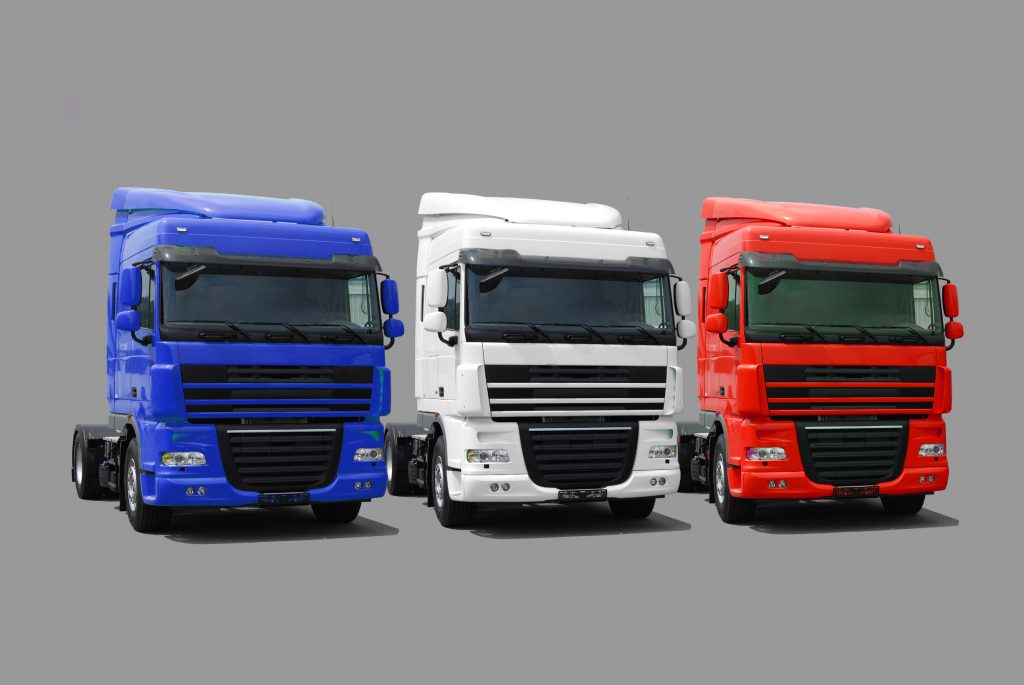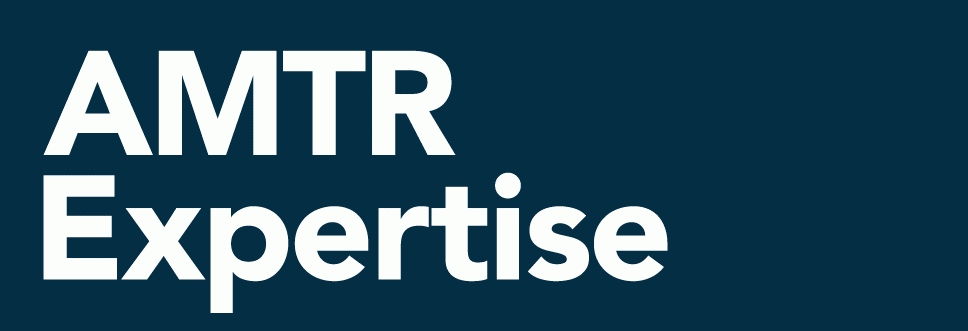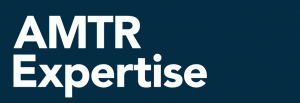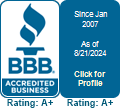Several of the nation’s largest trucking companies are shrinking the sizes of their fleets in an attempt to create a balance with the below average truck demand seen over the last several months. Swift, the largest U.S. trucking company; Covenant Transportation Group; and Werner, the fifth largest, announced last month that a combined total of hundreds of trucks were being cut for the fourth quarter. Swift plans to drop another two hundred before the end of the year.
The coming weeks will tell what is in store for the trucking industry in 2017. If holiday shipping between distributors and retailers creates enough volume to increase profitability, the companies may begin re-introducing vehicles back into the fleet. DAT Solutions, ACT Research and FTR are expected to report on fleet trends throughout the course of November.
In a recent article published by Progressive Railroading, editor Pat Foran comments on a recent survey of transportation and logistics executives on the effects of digitization on the industry. According to the survey, it is expected that transportation and logistics companies that have reached an advanced level of digitization will increase from 28% today to 71% in just the next three years. This technological leap will lead to increased revenues and decreased expenses for the transportation industry. Shippers must also keep up with these trends to remain competitive. However, carriers and shippers must first overcome the disparity between their workforce’s knowledge of the technology and the technology itself. Fifty percent of the executives surveyed cited lack of digital culture and training as one of their biggest inhibitors. The cost of upgrading to a modern digital infrastructure is also a challenge.
This gap in knowledge and technological hardware need not impact your bottom line. AMTR’s investment in knowledge and hardware and our expertise in digital data analysis can bridge that gap for your company.
The bill of lading is the legal documentation of goods being shipped. Within the information provided on a bill of lading is the classification of these goods. These details may include a piece count, packaging details, dimensions, noun description, weight, NMF classification number or any other specific information. The information listed on the bill of lading dictates how the shipment is classified for rating purposes.
However, there are exceptions to every rule. Per NMF 100 Item 360 Sec. 3 & Sec. 4, a carrier has the right to inspect the physical characteristics of any shipment. When inspections are completed, they may be used as supplements to the bill of lading and will allow the carrier to bill according to the inspected property’s proper description, weight or both.
At this point, one should ask if the inspections themselves are being “inspected.” Just as bills of lading may contain errors, so may inspections. Errors may range from simple to complex—from calculation or rounding errors and the misapplications of exceptions, to rules, classifications and entry errors. No solutions will allow inspections to be error-free. The solution AMTR can offer, however, is an experienced team of trained auditors that are able to inspect your inspections for errors and save you money!
How does your company pay your freight invoices? Shippers often have a variety of unique numbers associated with their loads, as do carriers. Do shippers know how they connect? Are they able to connect them accurately? At AMTR, we have seen shippers pay for freight invoices using a variety of internal reference numbers, including bill of lading, purchase order, invoice, waybill or car number. Balance due invoices are especially tricky because most companies have programmed their systems to avoid duplicates. What number would shippers use to pay the carrier then? The connection between a shipper’s unique number and their carrier’s has caused problems for years. When the carrier applies your funds, are you confident they are applying them to the correct loads? Furthermore, even if you use the carrier’s invoice or pro number, how does it correctly tie back to a company’s system? At AMTR, we will request a complete and separate payment file from a company’s system if it is available, in addition to the regular shipment data. We run queries on reference numbers, as well as study them by eye to learn the format. By doing this, we learn a company’s workarounds for invoices that do not fit the typical format. Seeing all payments being made to a carrier—not just the ones that “match up”—allows us to suggest improvements to streamline your payment process and keep hidden erroneous payments from leaving your bank account.
There is a phrase we repeat often at AMTR—if you are not asking questions, then you are not auditing. There are a multitude of reasons to question every notation and charge on a freight bill. There are often areas of interpretation and contingency that must be explored in further depth to execute a complete and thorough freight cost audit. It is insufficient to determine how a carrier rates the invoice; it is only a first step.
The AMTR Smart Auditing® approach goes deeper to ask all possible questions and explore a variety of scenarios. Beyond checking for the face value and mathematical correctness of carrier invoices, AMTR asks questions about charges such as: Are there multiple rates that apply? Did the shipment move without any exceptions? Did the carrier perform all requested services? This kind of multipath investigation at progressively finer levels of detail and complexity cannot be executed by a simple rating program. To be fair, rating programs are good at identifying errors they are programmed to catch, but you can bet there are others left unidentified–errors that are costing you money!
By questioning everything, AMTR is able to bring to bear the outcomes of our industry knowledge, research tools, data analytics and decades of auditing expertise to provide our customers the highest quality freight audits in the industry. Let AMTR ask the right questions for you.










